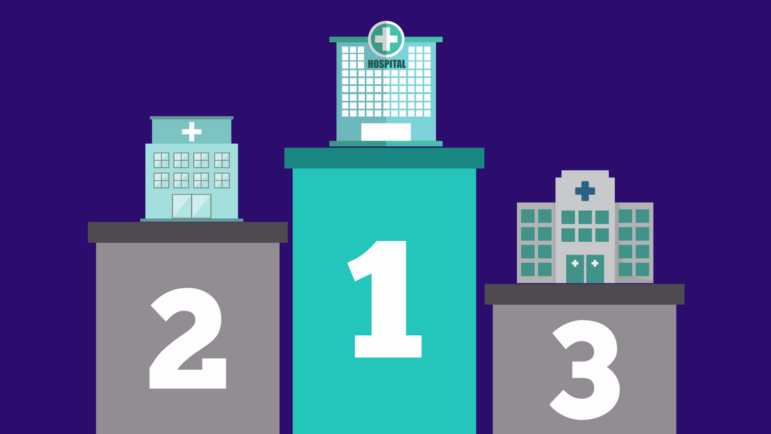Health policy experts and patient advocates have been calling for price transparency from hospitals for years, to help patients compare prices and put downward pressure on costs. However, the price transparency requirement from the Centers for Medicare and Medicaid (CMS) that went into effect this year is not the effective policy that health care reformers were hoping for.
The new rule ostensibly improves transparency by requiring hospitals to publish a list of their “standard” prices on their website. The problem is, as many experts have pointed out, the prices of health care services as reflected on hospitals’ chargemasters are highly inflated and far removed from the prices most patients actually pay. Additionally, hospitals differ in their presentation of the price information, with some hospitals posting a link to prices on their home page, some requiring a deep search to find the information, and one hospital egregiously posting the price information entirely in Javascript computer code.
Why is it so difficult to get information on the real prices of health care services? The answer lies in the relationships between actors in the health care market, wrote economists at the Health Care Pricing Project in their landmark paper last year. The researchers used a massive data set of insurance claims for over 100 million people between 2002 and 2011, including providers’ negotiated transaction prices, not just the chargemaster prices. They found that negotiations between private insurers and hospitals, as well as the relative market power of hospitals and insurers, was a strong determinant of prices.
For hospitals to be able to tell you the price you would pay for a procedure, it would have to take into account not only the specifics of your insurance coverage, but also your insurer’s bargaining power, which depends on the insurer’s relative market power in the area compared to that of the hospital. For example, a large hospital system with a monopoly in the local area would have greater bargaining power than a small insurer facing lots of competition; whereas if there’s only one insurer in an area, the hospital will be forced to bring down their prices. To predict prices, you would also have to know how hard the insurer plans on negotiating on your behalf (sometimes it’s more profitable for the insurer to pay a higher price).
The “real” price you pay for health services depends on a host of factors that differ from person to person and can change quickly as the market shifts. In other words, “real” prices of health care services don’t really exist.
So what can patients do if they want to compare prices? If you are uninsured or have a very high deductible, the hospital’s listed chargemaster prices may be useful (if you can find and interpret the applicable procedure codes). For the rest of us, websites like Clear Health Costs provide a crowd-sourced, searchable database for common procedures at hospitals in certain geographic areas. Going by what others have paid may not be 100% predictive, but it’s a good starting point, and certainly more accurate than the chargemaster prices if you are paying with insurance.
